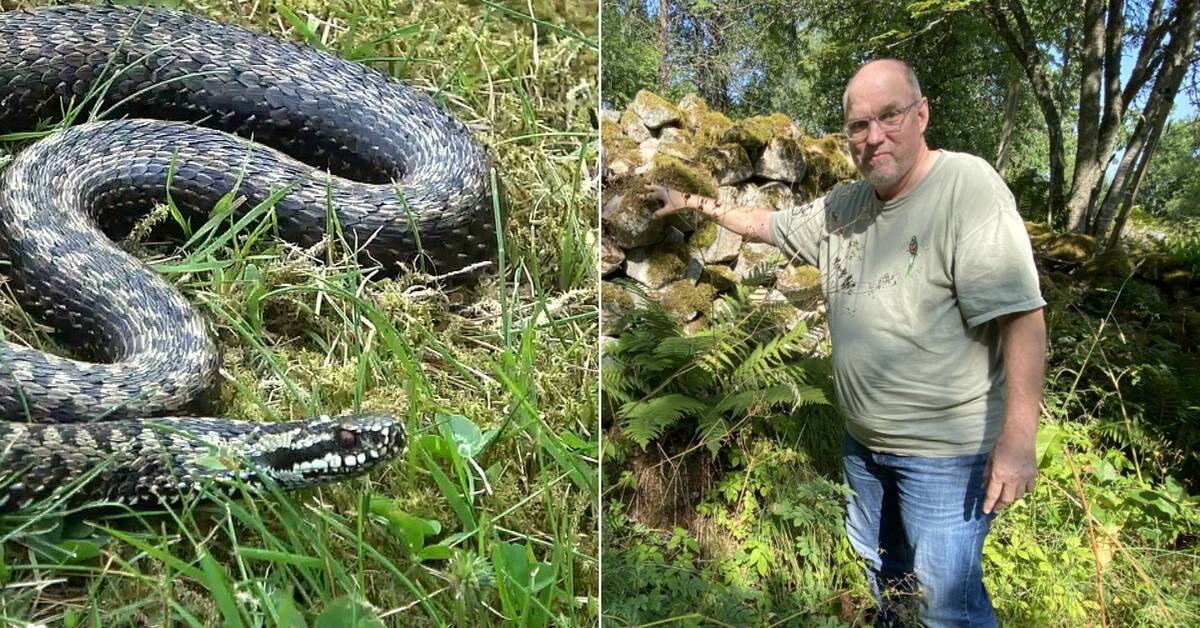Per Ekerholm is a nature conservation officer and biologist at the County Administrative Board in Kronoberg and it is he who often has to answer the public's questions about how to handle a snake in his garden.
- I get many calls this year from worried people who have gotten a snake into their garden and want to get rid of the snake because the grandchildren are coming to visit for the weekend, says Per Ekerholm.
What rules apply
There are many questions about what you can and can't do when it comes to snakes in your garden.
In the Swedish fauna, there are two different snakes, snakes and vipers.
According to the Species Protection Ordinance, both are protected, but despite this slightly different rules apply.
You can't even touch the snake. The viper should be moved far. In the clip above, Per Ekerholm explains more about which rules apply.
How to recognize a viper
A viper can be recognized by having a cat-like pupil and almost always a zigzag pattern on its back.
It is also strongly built and is around 70 centimeters long.
A snake, on the other hand, is slender, has a round pupil and almost always two yellow spots on the neck.
There are also vipers that are as black as a snake and then it is by looking at the snake's pupil that you can tell what species it is.
If you feel unsure about how to move a viper, you can get help from Småland's herpetological association, which moves the snake.
To the hospital in the event of a viper bite
What should you do if you are bitten by a viper?
-
For most people, a viper bite is not dangerous, but some may be allergic to the venom and then it can be life-threatening.
But you don't know if you're allergic or not until you've been bitten.
That's why you should always go straight to the hospital, says Per Ekerholm.

